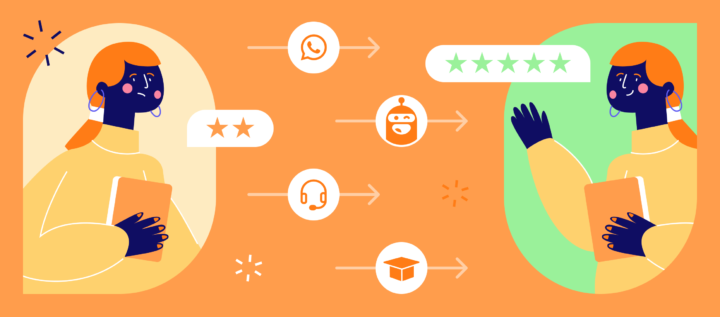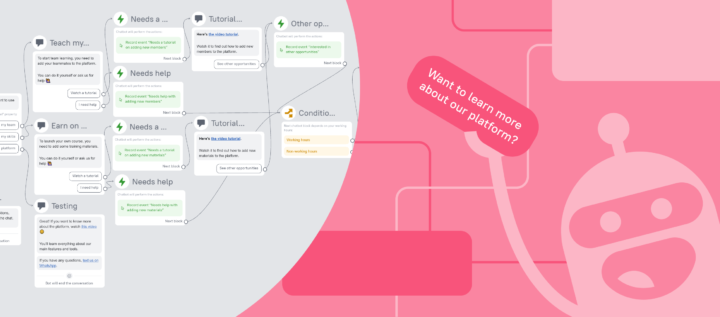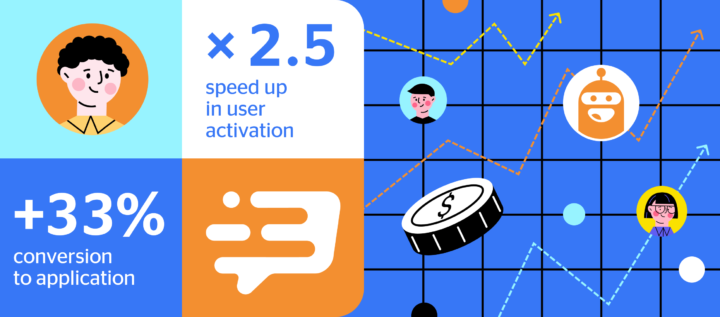The power of customer education in online schools [6 examples]
![The power of customer education in online schools [6 examples]](https://www.dashly.io/blog/wp-content/uploads/2023/04/The-Power-of-Customer-Education-in-Online-Schools-XX-Examples-1440x634.png)
The digital revolution has reshaped the education landscape, with online schools gaining momentum and popularity worldwide.
To stay competitive and ensure students have the best possible learning experience, your online school should focus on delivering exceptional customer education.
Customer education, or the process of teaching customers how to use a product or service best, is a critical component in the success of any organization, including online schools.
As students navigate virtual learning environments, they need clear and concise information to help them make the most of their educational experience. This is where customer education content comes into play.
In this article, we will
- Find out what customer education content is;
- Discuss its benefits for online schools;
- Delve into real-world examples to prove its effectiveness in enhancing student success.
Ready! Let’s go 🚀
What is customer education content
Customer education content is instructional materials and resources designed to help customers understand, use, and take maximum value from a product or service.

In the context of online schools, this content aims to equip students with the knowledge and skills required to effectively navigate and make the most of their virtual learning experience.
Such content can take various forms, including:
- Tutorials and how-to guides: step-by-step instructions on using specific features, tools, or services within the online learning platform.
- Video demonstrations: visual guides that walk students through different aspects of the online learning environment, such as accessing course materials or participating in discussion forums.
- Webinars and workshops: live or recorded sessions that cover specific topics, such as optimizing study habits or understanding the grading system.
- Frequently Asked Questions (FAQs): a curated list of common questions and their answers, addressing students’ concerns and providing quick solutions.
- Tips and best practices: expert advice on maximizing the learning experience, such as time management strategies, study techniques, and communication guidelines.
By offering comprehensive and easily accessible customer education content, online schools empower students to take full advantage of their educational opportunities and foster a more successful and enjoyable learning experience.
8 Benefits of Customer Education Content
Customer education content offers numerous benefits for both online schools and their students. Let’s see why you should invest your time and resources in it.
Improved product adoption
When students have a thorough understanding of the online learning platform and its features, they are more likely to utilize the tools and resources effectively, leading to better overall engagement and success.
Increased customer satisfaction
By providing clear, concise, and easily accessible information, online schools can help students overcome challenges and confusion, resulting in a more satisfying and enjoyable learning experience.
Reduced support costs
When students have access to comprehensive educational content, they are less likely to require assistance from customer support teams, reducing the workload and associated costs for the online school.
Enhanced student retention
A well-informed and confident student is more likely to continue their education with an online school. By offering valuable customer education content, online institutions can foster loyalty and reduce student attrition rates.
Strengthened brand reputation
High-quality customer education content can position an online school as an industry leader and a reliable source of knowledge, attracting more students and enhancing the institution’s reputation.
Empowered students
Equipping students with the knowledge and skills to navigate their online education effectively empowers them to take control of their learning experience, fostering a sense of autonomy and self-directed learning.
Personalized learning
Through customer education content, online schools can address diverse learning needs, preferences, and styles, catering to individual student requirements and offering a more personalized learning experience.
Improved Learning Outcomes
As students become more proficient in using the online learning platform and its resources, they can focus on their academic goals, leading to better performance and higher overall learning outcomes.
Examples of good customer education in online schools
Here are some real-life examples of effective customer education initiatives in online schools. Hope they’ll show you the power of customer education and give some inspo for your school ✨
- Khan Academy’s Onboarding Process
Khan Academy, a renowned online learning platform, offers a comprehensive onboarding process for new users. They provide detailed guides and video tutorials on navigating the platform, setting up accounts, and selecting courses.
Thus, the academy’s students quickly understand how to use the platform and get the best learning experience.
- Coursera’s Learning How to Learn Course
Coursera, a popular online education provider, offers a course called “Learning How to Learn,” which teaches students effective study techniques, memory strategies, and best practices for online learning.
It’s a creative way to introduce newcomers to the platform and make their learning curve as smooth as possible.
- edX’s Support Center
edX, an online learning platform founded by Harvard and MIT, has a robust Support Center that provides a wealth of customer education content. This includes FAQs, troubleshooting guides, and video tutorials, addressing common questions and concerns related to the platform, course enrollment, and more.
It proves that a practical knowledge base or support center can make a significant difference in student satisfaction.
- Udemy’s Instructor Resources
Udemy, a global marketplace for learning and teaching online, offers extensive resources for course instructors. They provide guidelines, best practices, and tips on creating engaging course content, promoting courses, and interacting with students.
It’s another excellent example where instructors deliver high-quality learning experiences to their students.
- Codecademy’s Interactive Coding Lessons
Codecademy, an online learning platform for coding, uses interactive lessons to teach programming languages and concepts.
This hands-on approach to customer education allows students to apply their knowledge in real-time, making it easier to understand and retain information.
- Skillshare’s Class Creation Toolkit
Skillshare, an online learning community for creatives, offers a Class Creation Toolkit to help instructors design engaging courses. This resource includes tips on planning course content, filming and editing videos, and publishing the final product on the platform.
By providing this customer education example, Skillshare ensures a high standard of learning experiences for its students.
These examples demonstrate how online schools can effectively implement customer education initiatives, enhancing the learning experience for their students and setting them up for success.
Tools to automate customer education at your school
Automation can significantly enhance the learning experience, reduce support costs, and increase overall efficiency. Here are some strategies to automate customer education for your online school:
- Chatbots and AI Assistants
Leverage chatbots or AI assistants to provide instant, personalized support to your students. These tools can answer frequently asked questions, guide students through the platform, and even offer tailored learning resources based on the student’s needs.
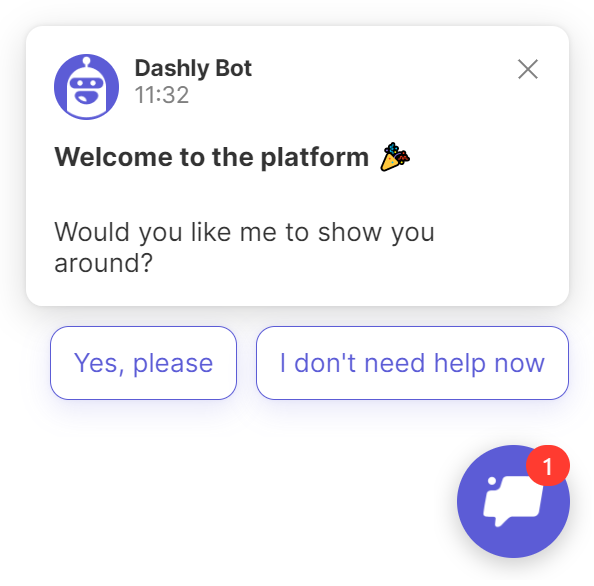
- Learning Pathways
Design automated learning pathways or curricula that guide students through their courses in a structured, sequential manner. This helps ensure they are exposed to the right content at the right time, promoting a more effective learning experience.
3. Knowledge base
Develop a comprehensive, searchable knowledge base with articles, guides, and tutorials that cover common questions and topics. This self-service resource enables students to find answers to their questions quickly and independently.
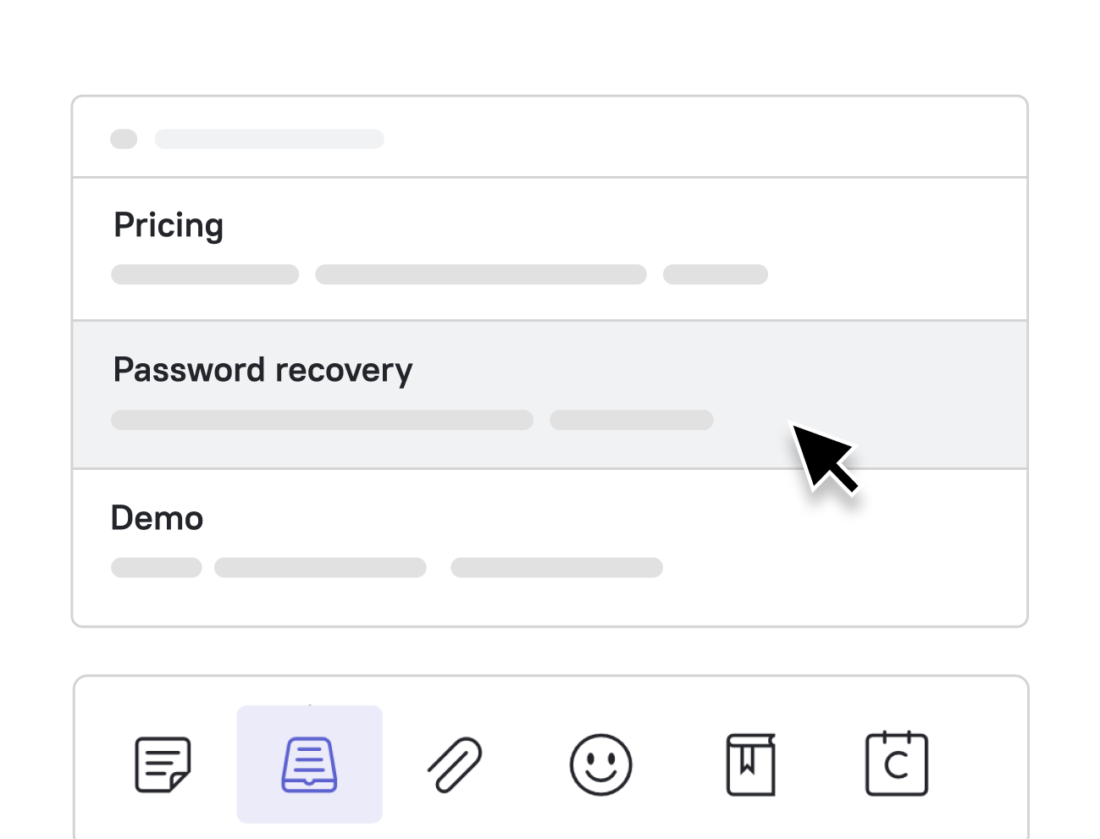
- Video Tutorials and Demonstrations
Create a library of video tutorials and demonstrations that cover various aspects of your platform and learning resources. Make these videos easily accessible to students, allowing them to access and review them at their own pace.
You can add videos to articles in the knowledge base or share them via a chatbot.
- Automated Emails and Notifications
Set up automated email campaigns and notifications to guide students through their learning journey. These can include welcome emails, course recommendations, progress updates, and reminders about upcoming deadlines or events.
- Quizzes and Assessments
Incorporate automated quizzes and assessments into your courses to evaluate students’ understanding of the material. These tools can provide immediate feedback and suggest additional resources for further learning.
- Adaptive Learning Algorithms
Utilize adaptive learning algorithms to personalize students’ learning experiences based on their progress, preferences, and performance. This can help ensure students receive targeted support and resources tailored to their needs.
- Analytics and Reporting
Collect and analyze data on student engagement, performance, and resource usage to identify trends and areas for improvement. Use this information to refine your customer education strategy and automate the delivery of relevant content.
- Integration with CRM and LMS
Integrate your customer education resources with your Customer Relationship Management (CRM) and Learning Management System (LMS) platforms. It helps seamless data sharing and automation of customer education processes.
- Community Forums and Peer Support
Encourage students to engage with one another through community forums and peer support networks. This not only helps students learn from each other but also reduces the demand for direct support from your staff.
By implementing these automation strategies, online schools can deliver more efficient and effective customer education, enhancing the overall learning experience and fostering student success.
The bottom line
Customer education plays a pivotal role in the success of online schools, as it empowers students to make the most of their virtual learning experience.
By understanding the importance of customer education content, online schools can better serve their students and enhance overall satisfaction.
Implementing automation strategies, such as chatbots, AI assistants, adaptive learning algorithms, and comprehensive knowledge bases, can further improve customer education and streamline the learning process.
Investing in customer education not only leads to increased student retention and satisfaction, but also drives long-term growth and success for online educational institutions.
Ready to set up effective customer education for your students? Dashly will help you!
- Set up student onboarding with a chatbot;
- Create a self-service portal with a knowledge base;
- Track your student activity to better understand their experience with visitor behavior tracking.


